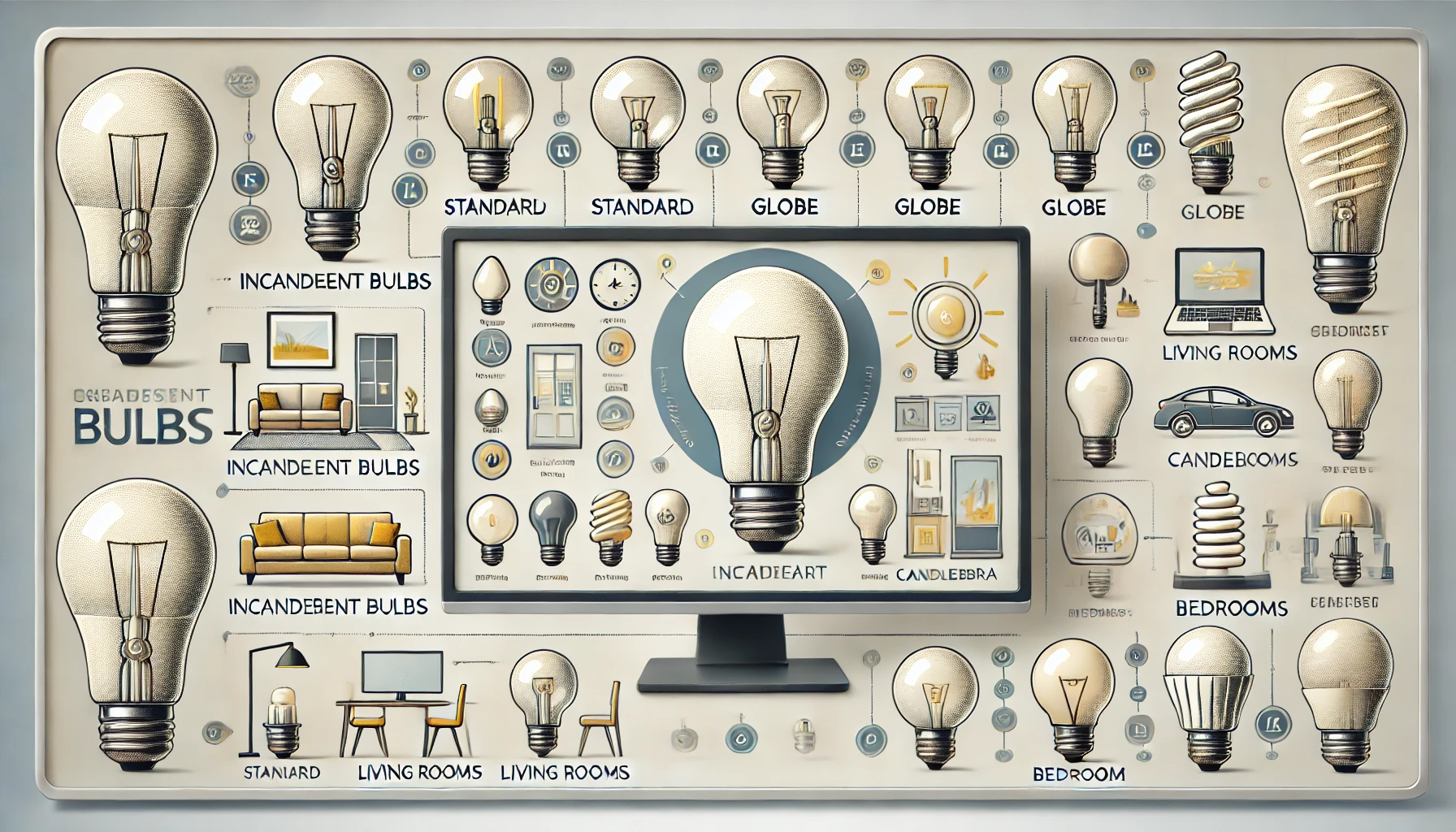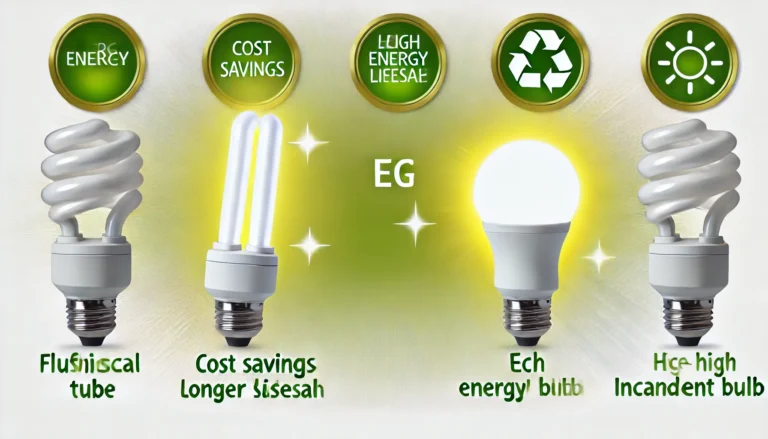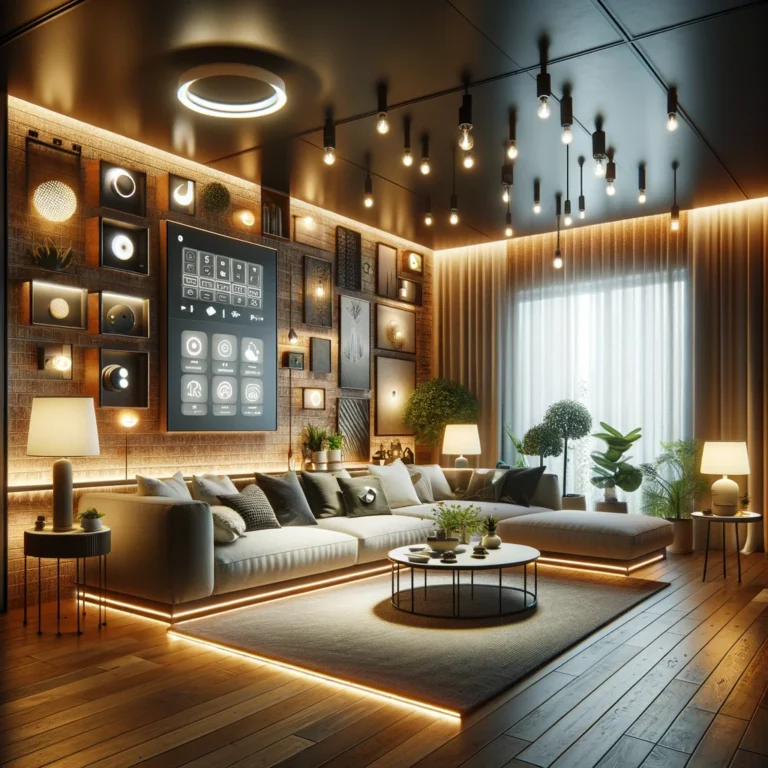How to Choose the Right Incandescent Bulbs
Choosing the right incandescent bulb can be a bit of a puzzle. With various factors to consider, from wattage to color temperature, it’s important to make an informed decision. In this guide, we’ll break down everything you need to know about incandescent bulbs to ensure you pick the perfect one for your needs.
Understanding Incandescent Bulbs
Incandescent bulbs are the traditional light bulbs that have been lighting up our homes for over a century. These bulbs work by passing electricity through a tungsten filament, which then heats up and produces light. They are known for their warm light and ability to render colors accurately, making them a popular choice for living rooms, bedrooms, and other cozy spaces.
Key Factors to Consider
When selecting an incandescent bulb, there are several key factors you should keep in mind:
- Wattage: This measures the amount of energy the bulb consumes. Higher wattage means brighter light but also more energy consumption.
- Lumens: This indicates the brightness of the bulb. More lumens mean a brighter bulb.
- Color Temperature: Measured in Kelvins (K), this determines the color of the light. Lower Kelvin numbers produce warmer, yellowish light, while higher numbers produce cooler, bluish light.
- Lifespan: Incandescent bulbs generally have a shorter lifespan compared to other types of bulbs like LEDs or CFLs.
- Dimmability: Incandescent bulbs are typically dimmable, making them versatile for different settings and moods.
Wattage and Lumens
One common misconception is that wattage measures the brightness of a bulb. In reality, wattage measures energy consumption. To understand brightness, you need to look at lumens. For example, a standard 60-watt incandescent bulb produces about 800 lumens. If you need brighter light, opt for higher lumens but keep in mind the energy consumption.
Choosing the Right Color Temperature
Color temperature affects the mood and ambiance of a room. Incandescent bulbs typically range from 2700K to 3000K, producing a warm, yellowish light. This makes them ideal for living spaces where a cozy, inviting atmosphere is desired. If you need light for a task-oriented space like a kitchen or a home office, you might want to look for bulbs with a higher Kelvin rating for a cooler, more focused light.
Evaluating Lifespan
While incandescent bulbs are affordable and provide excellent light quality, they do have a shorter lifespan compared to LEDs and CFLs. An average incandescent bulb lasts about 1,000 hours. This means they will need to be replaced more frequently, which can add up in cost over time. Consider where you are using the bulbs and how often you are willing to replace them when making your selection.
Dimmability and Compatibility
One of the significant advantages of incandescent bulbs is their compatibility with dimmer switches. This allows you to adjust the light level to suit your mood or activity. However, ensure that your dimmer switch is compatible with incandescent bulbs to avoid flickering or buzzing noises.
When it comes to choosing the right incandescent bulb, there are several essential aspects to consider to ensure you make the best choice for your home. Incandescent bulbs, known for their warm and inviting light, vary in wattage, lumens, and color temperature. Understanding these differences will help you select the perfect bulb to create the desired ambiance in any room. Moreover, considering factors like lifespan and dimmability can significantly impact the overall efficiency and comfort of your lighting solution. By taking these elements into account, you can find the most suitable incandescent bulb for your specific needs.
Examples and Tips
To help you understand better, let’s look at a few examples:
- Living Room Lighting: For a cozy and warm ambiance, choose a 60-watt incandescent bulb with 2700K color temperature. This provides a soft, yellow light that makes the space feel inviting.
- Reading Lamps: Opt for a 40-watt bulb with around 450 lumens. This provides enough light for reading without being too harsh on the eyes.
- Kitchen Lighting: Use bulbs with higher lumens and a cooler color temperature (around 3000K) to ensure clear visibility while cooking and preparing food.
Informative List
Here’s a quick checklist to help you choose the right incandescent bulb:
- Determine the purpose of the bulb (e.g., ambiance, task lighting).
- Check the wattage to ensure it matches your fixture’s requirements.
- Look at lumens to gauge the brightness you need.
- Select the appropriate color temperature based on the room’s function.
- Consider the bulb’s lifespan and how often you are willing to replace it.
- Ensure compatibility with dimmer switches if you plan to use a dimmable bulb.
Final Thoughts
Selecting the right incandescent bulb involves balancing various factors to meet your lighting needs. Whether you are looking for a warm glow to create a relaxing atmosphere or a bright light for task-oriented spaces, understanding wattage, lumens, color temperature, and other key features will guide you to the perfect bulb. Remember, while incandescent bulbs may have a shorter lifespan compared to modern alternatives, their unique light quality and dimmability make them a valuable choice for many applications.






